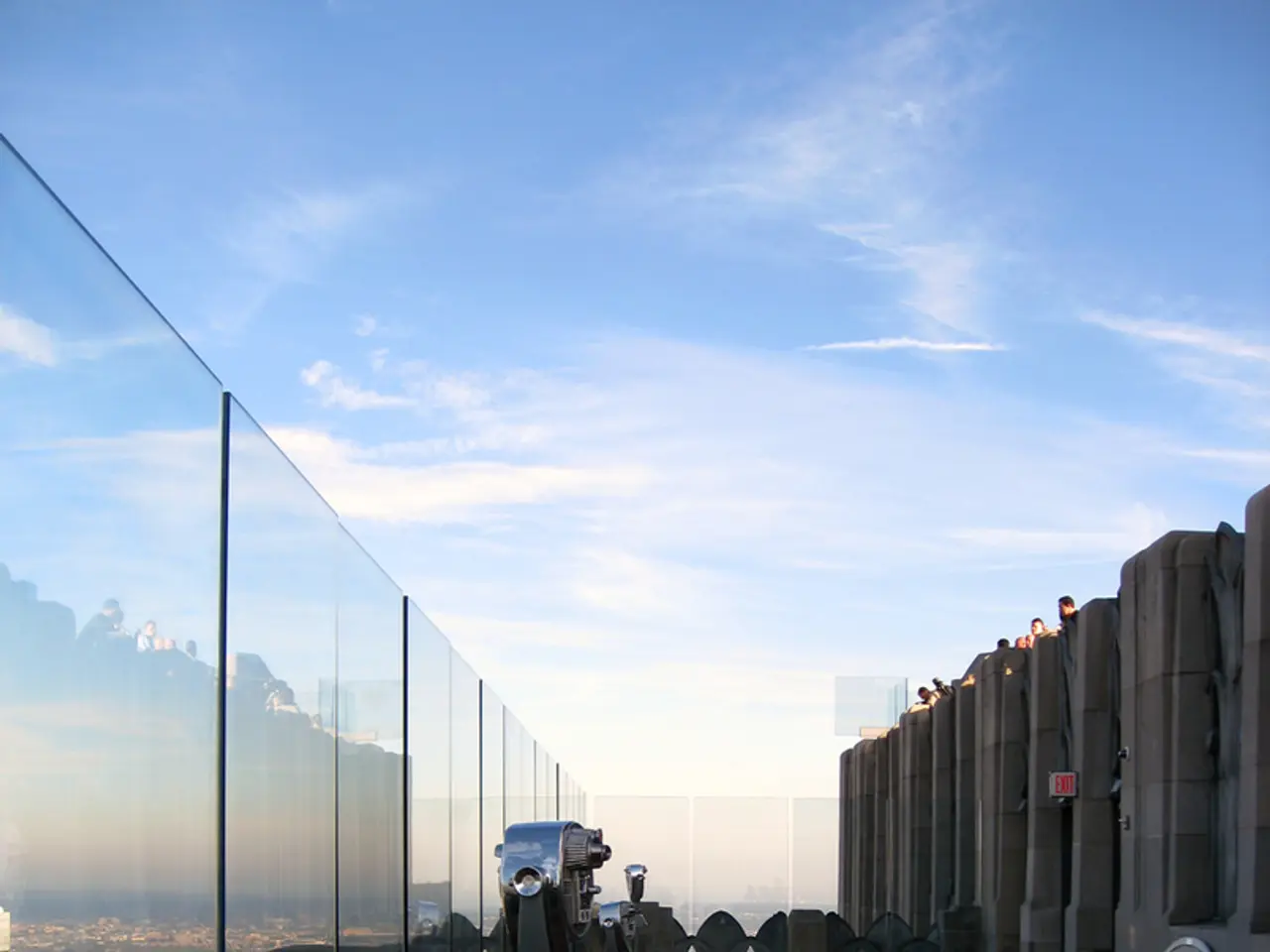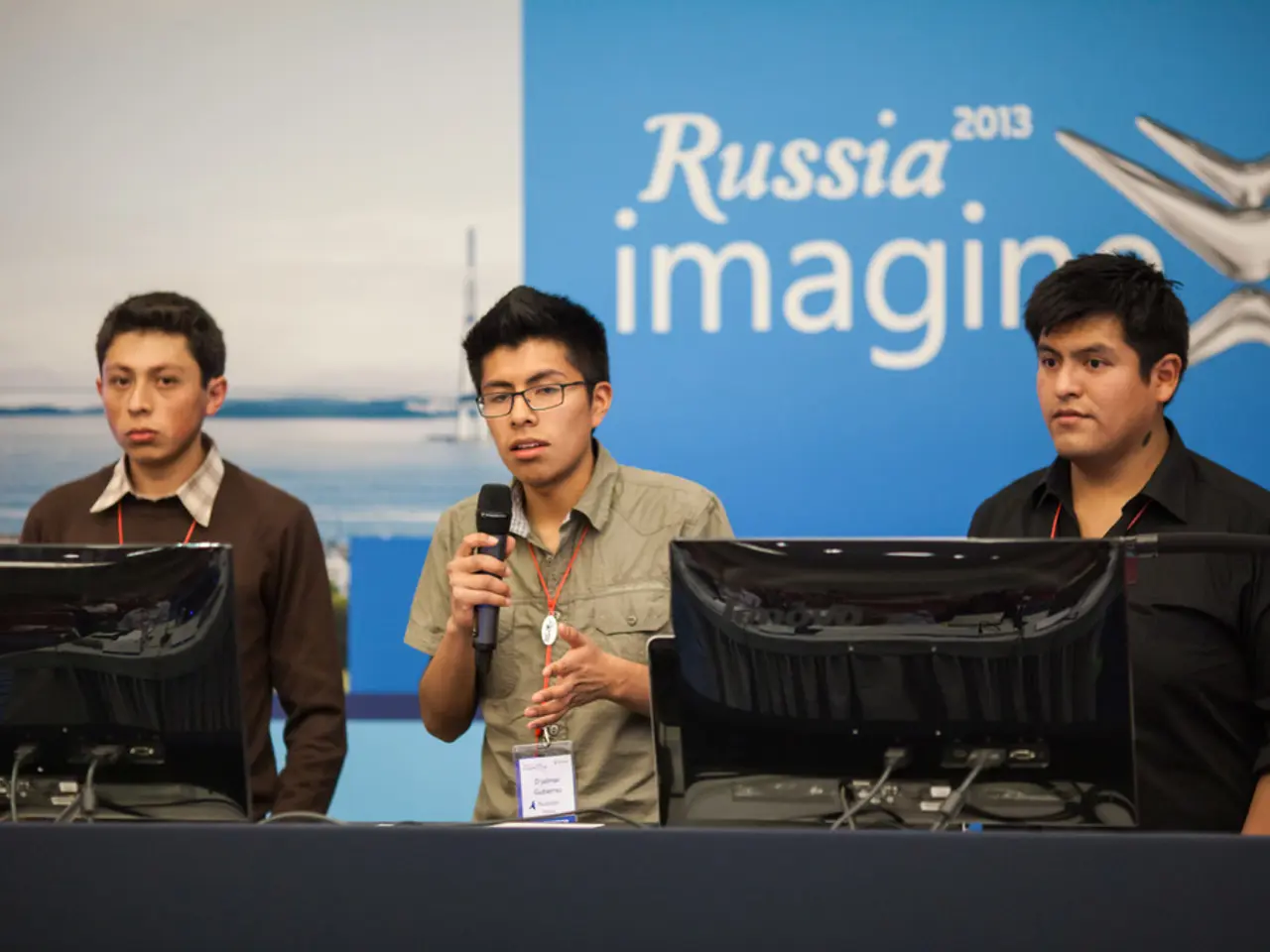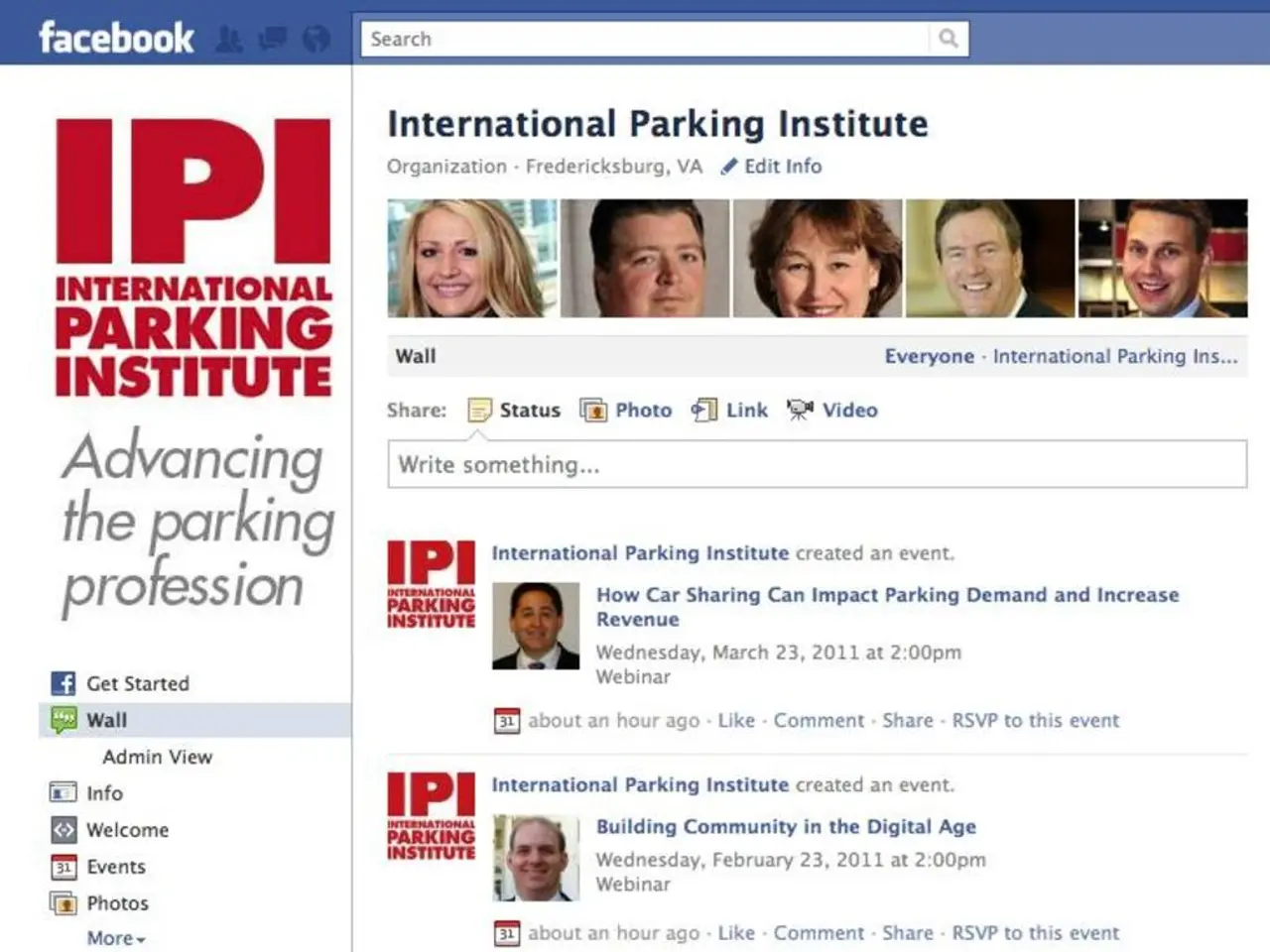Small, Computerized (GoTo/PushTo) Telescopes: A Bass Aversion
**PushTo vs. GoTo Telescopes: A Comparative Analysis for Small Apertures and Light-Polluted Skies**
In the realm of stargazing, the debate between PushTo and GoTo telescopes continues to be a topic of interest, especially for those with smaller telescopes and those observing under light-polluted skies.
### Advantages of PushTo Telescopes:
One significant advantage of PushTo telescopes is their lower power requirements. These scopes typically consume less power compared to GoTo models, which often need a dedicated 12-volt power supply or rechargeable lithium-ion batteries. This reduction in power consumption can result in cost savings and simplified setup, making PushTo scopes more portable and less dependent on heavy batteries.
Another benefit is their simplicity and lightweight design. PushTo mounts generally have fewer moving parts and less complexity than fully motorized GoTo mounts, which can benefit small, light telescopes by keeping the overall setup lightweight and easy to transport.
Moreover, PushTo technology encourages users to learn the sky and manually guide the telescope to targets given directions from a digital display or app. This educational aspect can be rewarding and help observers become better at navigating star fields without full automation.
### Disadvantages of PushTo Telescopes:
However, PushTo scopes require more user skill and familiarity. While simpler in hardware, PushTo scopes still need users to understand basic sky motions and star identification to align and locate objects effectively. This can be challenging for beginners, especially in light-polluted skies where fewer bright stars are visible for alignment.
Additionally, PushTo scopes provide directions but rely on the user to manually move the telescope. This manual operation can be slower and more frustrating, particularly if quick, effortless access to many targets is desired.
### Advantages of GoTo Telescopes:
GoTo telescopes offer fully automated object location, facilitating easy and quick viewing without prior knowledge of the sky. This feature is especially helpful in light-polluted areas where star-hopping is difficult due to the scarcity of visible stars.
GoTo telescopes are also better suited for beginners who want convenience. By removing the need to manually search the sky, GoTo can reduce the learning curve and make the hobby more accessible.
### Disadvantages of GoTo Telescopes:
Despite their advantages, GoTo telescopes have some drawbacks. Most computerized GoTo telescopes require robust power sources and tend to be bulkier, making them less portable, which is a downside for small apertures intended for ease of transport.
Moreover, GoTo setups typically require accurate initial alignment using bright stars. Without this, the system may perform poorly. Power interruptions can also require realignment, which may be complicated in light-polluted conditions where bright alignment stars may be scarce.
Finally, GoTo telescopes are generally more expensive than PushTo or manual mounts, especially for models with high-quality optics and reliable tracking.
### Summary for Small Apertures and Light-Polluted Skies:
In summary, PushTo telescopes offer a lightweight, low-power, and educational experience but require more user involvement and sky knowledge, which may challenge observers in light-polluted environments. GoTo telescopes provide automated, easy-to-use object location ideal for beginners or light-polluted skies but at the cost of heavier gear, more power consumption, and higher price.
With a few months of experience, you can memorize how to find dozens of deep-sky objects in just a couple of minutes or even seconds. It's also worth noting that the accuracy of many cheaper GoTo mounts is not significantly better than what was offered in the 1990s.
For those seeking a compromise, PushTo telescopes like the Celestron StarSense Explorer line might be a better choice than a full GoTo telescope. The Virtuoso GTi 150P from Sky-Watcher, a computerized upgrade of their Heritage 150P manual telescope, is another option to consider.
Lastly, many GoTo mounts require manual input of time, date, and location, while newer app-based control systems for GoTo telescopes are easier to use than antiquated hand controllers. Smaller telescopes offer a wider field of view, making manual navigation easier. Most objects visible in the sky with a telescope can be found without a computerized or GoTo telescope.
- Advanced gadgets like GoTo telescopes provide users with fully automated object location, making them ideal for beginners in light-polluted environments who want convenience.
- However, even with a GoTo telescope, the alignment process relies on the availability of bright stars, which can be scarce in light-polluted skies.
- Alternatively, eyepieces used with manual or PushTo telescopes encourage users to learn and understand the sky, promoting better navigation skills in the long run.
- Field of view is a crucial aspect when considering telescopes, particularly smaller ones, as they offer a wider view, making manual navigation easier.
- A comparative analysis of PushTo and GoTo telescopes for small apertures and light-polluted skies reveals that, while GoTo systems offer automation, PushTo scopes can be more lightweight, portable, and educational.




